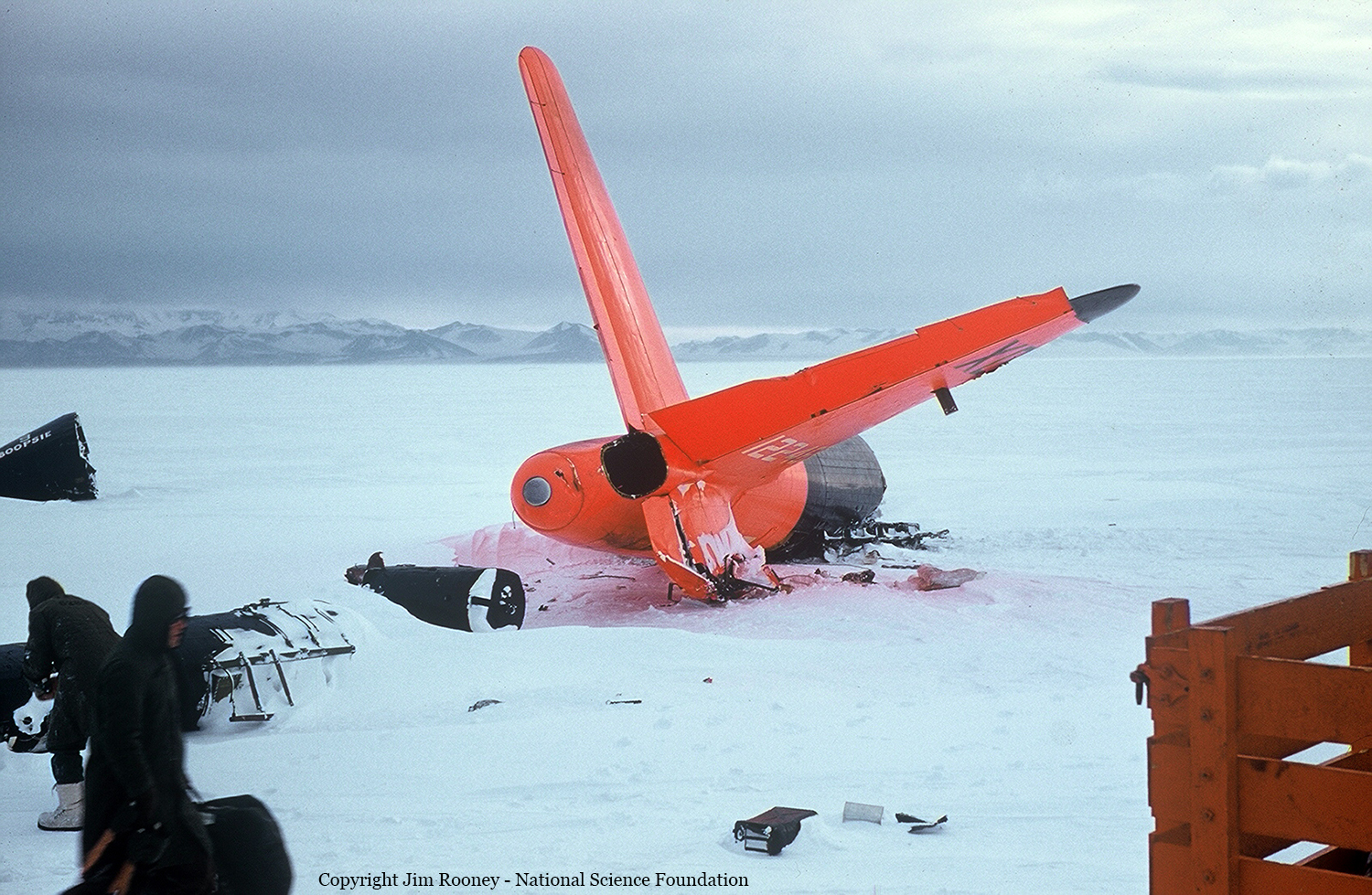Crash of a De Havilland UC-1A Otter in Marble Point: 2 killed
Date & Time:
Jan 4, 1959
Registration:
144673
Survivors:
No
Schedule:
Marble Point - Marble Point
MSN:
163
YOM:
1956
Crew on board:
2
Crew fatalities:
Pax on board:
0
Pax fatalities:
Other fatalities:
Total fatalities:
2
Circumstances:
The crew was engaged in the 'Deep Freeze IV' mission in Antarctica. After takeoff, the pilot-in-command made a sharp turn to the left at low height, causing the left wing to struck the ground. Out of control, the airplane crashed and was destroyed. Both pilots were killed.
Crew:
Lt Harvey E. Gardner,
Lt Lawrence J. Gardner.
Crew:
Lt Harvey E. Gardner,
Lt Lawrence J. Gardner.








